"Banner"
"Ace"
"Deuce"
"Trey"
"Cater"
"Cinque"
"Peasant"
"Knight"
"Priest"
"Queen"
"King"
(☀)
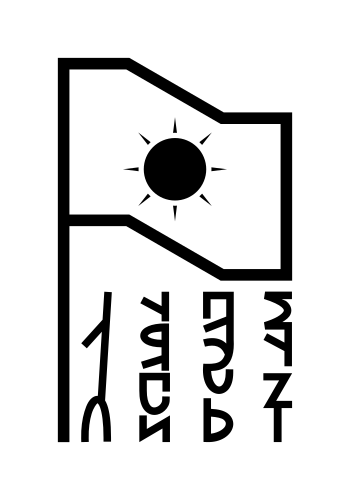







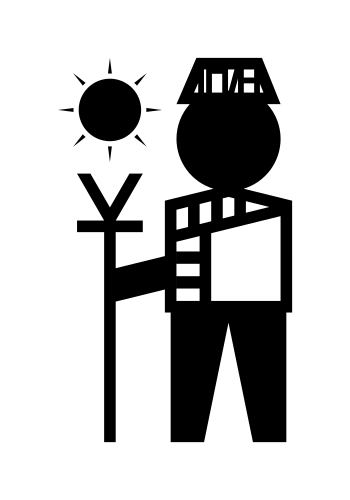


(☽)
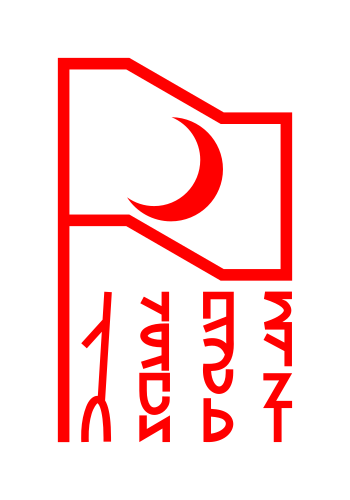










(★)
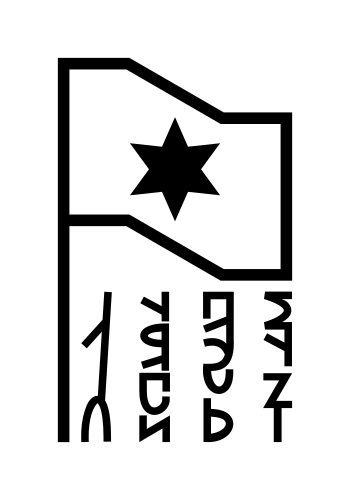










(☄)
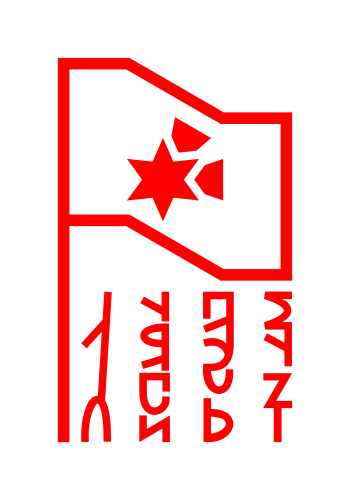










Dibv cards are a deck of 44 playing cards. The name "Dibv" is derived from a scrapped game project for which these cards were first created to be used in an optional minigame.
The four suits are Suns, Moons, Stars and Comets, and the ranks go from Zero to Ten. Zeroes are usually depicted as banners, and the Sixes through Tens are usually face cards. In some decks, only Tens are face cards, though this has no influence on gameplay.
| 0 "Banner" |
1 "Ace" |
2 "Deuce" |
3 "Trey" |
4 "Cater" |
5 "Cinque" |
6 "Peasant" |
7 "Knight" |
8 "Priest" |
9 "Queen" |
10 "King" |
|
|---|---|---|---|---|---|---|---|---|---|---|---|
| Suns (☀) |
 |
 |
 |
 |
 |
 |
 |
 |
 |
 |
 |
| Moons (☽) |
 |
 |
 |
 |
 |
 |
 |
 |
 |
 |
 |
| Stars (★) |
 |
 |
 |
 |
 |
 |
 |
 |
 |
 |
 |
| Comets (☄) |
 |
 |
 |
 |
 |
 |
 |
 |
 |
 |
 |
Names given in quotation marks are only used in games where the corresponding card has special powers or deviates from its position in the default sequence for that suit. In all other circumstances, cards are referred to by their numerical values.
In some games, the red-coloured suits have their strengths reversed, i.e. Zero is the highest card and Ten is the lowest. Also depending on the game, Zeroes may or may not be used, or function as wildcards.
Dibv cards are available to buy at The Game Crafter. Decks are printed to order in the US, so keep in mind production queue time and potential import fees.
Suns and Moons is a trick-taking game for three or four players. It is played with a set of 40 Dibv cards, without Zeroes. The goal is to capture more than a certain bid amount of card points in tricks.
Each player gets 12 cards in a three-player game and 9 in a four-player game. The 4 remaining cards are called the "talon" and are left on the table face-down.
After the deal, players bid clockwise over how many card points they can capture, starting with the dealer. The minimum bid is 31 and the maximum bid is 60. Players must either bid a higher amount or pass. Players who pass may not re-enter the bid. The winner of the bid gets to look at the talon, swap up to 4 cards of their hand with talon cards, and announce the trump suit. The talon cards are counted towards the bid winner's points at the end of the round. In a three-player game, the bid winner plays alone while the other two players form a team, whereas in a four-player game, the bid winner and the player sitting opposite from them form one team and play against the other two who form the other team. Team mates count their captured card points together.
The person left of the dealer plays first. Play continues clockwise. In black suits, the Ten is the strongest card and the One is the weakest. In red suits, the sequence is reversed. The highest trump card wins the trick. If no trump cards were played, the highest card of the lead suit (the suit of the first card in the trick) wins. Players must play a card of the lead suit if they have one, otherwise they may play any card. The player whose card captures the trick leads the next trick. Play continues until all players have depleted their hands.
Each team counts the points they captured. Cards have the following point values:
If the card points won by the bid winner's team are equal to or greater than their bid, all their card points are added to their final score. If they capture fewer card points than their bid, the bid is subtracted from their final score. The opposing team gets no points. After scoring is complete, the player to the dealer's left becomes the new dealer and a new round begins.
Players may play for a fixed number of rounds, or until a certain point threshold is reached (e.g. 150). The player with the most points at the end of the game wins.
Ramejan is a melding game for two players. It is played with a full set of 44 Dibv cards. The goal is to have a hand consisting of 3 melds and to score the most points.
Each player is dealt 8 cards, the rest is set aside as a draw pile. The person who isn't the dealer plays first. Each turn, a player draws one card and discards one card. Discarded cards land on a face-up discard pile next to the draw pile. A player may only draw from the discard pile if this completes a meld. There are three types of melds:
If a discarded card is used to complete a meld, the meld is laid face-up on the table. This is called an "open meld". A meld that does not contain cards from the discard pile is called a "closed meld". With the exception of extending a three-of-a-kind (see below), open melds are fixed and may not be changed during the remainder of the round. Only one open meld may be made per turn.
Four-of-a-kinds are special melds that must be announced when they are made. When a four-of-a-kind is announced, it is laid on the table, except all but one card is face-down if it is a closed meld. Four-of-a-kinds are fixed and may not be changed during the remainder of the round. When a four-of-a-kind is made, that player draws an additional card from the draw pile and continue play as normal. If a player has an open three-of-a-kind and draws the fourth card from the draw pile, they may add it to the meld face-up, draw an additional card from the draw pile and continue play as normal.
When a player has three melds and at least one hand multiplier (see Scoring), they may announce their victory and end the round immediately. If no player has a winning hand by the time the draw pile is depleted, the round ends scoreless. Players take turns dealing between rounds.
The score of the winning player depends on the value of their melds and the number of their hand multipliers. Melds have the following values:
Hand multipliers are earned based on how the hand was won. A valid winning hand needs at least one hand multiplier. Each of the following met conditions awards the following multipliers which are then added together:
The worth of a winning hand with one multiplier is equal to its meld values, and is doubled for every additional hand multiplier earned. Refer to the following table:
| Multipliers | ||||||||
|---|---|---|---|---|---|---|---|---|
| 1 | 2 | 3 | 4 | 5 | 6 | 7 | ||
| Meld values |
3 | 3 | 6 | 12 | 24 | 48 | 96 | 192 |
| 4 | 4 | 8 | 16 | 32 | 64 | 128 | 256 | |
| 5 | 5 | 10 | 20 | 40 | 80 | 160 | 320 | |
| 6 | 6 | 12 | 24 | 48 | 96 | 192 | 384 | |
| 7 | 7 | 14 | 28 | 56 | 112 | 224 | 448 | |
| 8 | 8 | 16 | 32 | 64 | 128 | 256 | 512 | |
| 9 | 9 | 18 | 36 | 72 | 144 | 288 | 576 | |
| 10 | 10 | 20 | 40 | 80 | 160 | 320 | 640 | |
Players may play for a fixed number of rounds, or until a certain point threshold is reached. The player with the most points at the end of the game wins.
Miau Miau is a shedding game for two to five players. It is played with a full set of 44 Dibv cards. The goal is to be the first to get rid of one's cards in hand, and to score the most points.
Each player is dealt 5 cards. The rest is set aside as a draw pile. The top card of the draw pile is placed face-up next to it and becomes the discard pile. The dealer goes first, then play continues anticlockwise. Each turn, a player must play a card that matches the top card of the discard pile in either rank or suit onto the discard pile. If they either can't or don't want to play, they must draw a card from the draw pile. If the player can't or doesn't want to play the drawn card either, they miss their turn. Certain cards have a special effect on gameplay when played:
If a player has one card remaining in hand, they must say Miau. Failing to do so is penalised with drawing two cards from the draw pile. If the draw pile is depleted, the discard pile except for the top card is shuffled and placed face-down as the new draw pile. The first player to have no cards in hand wins the round and may optionally say Miau Miau.
The winning player's score for the round consists of the total value of the losing players' hand cards. Card values are equal to their rank, except Banners which are worth 20 points.
Players may play for a fixed number of rounds, or until a certain point threshold is reached (e.g. 300). The player with the most points at the end of the game wins.